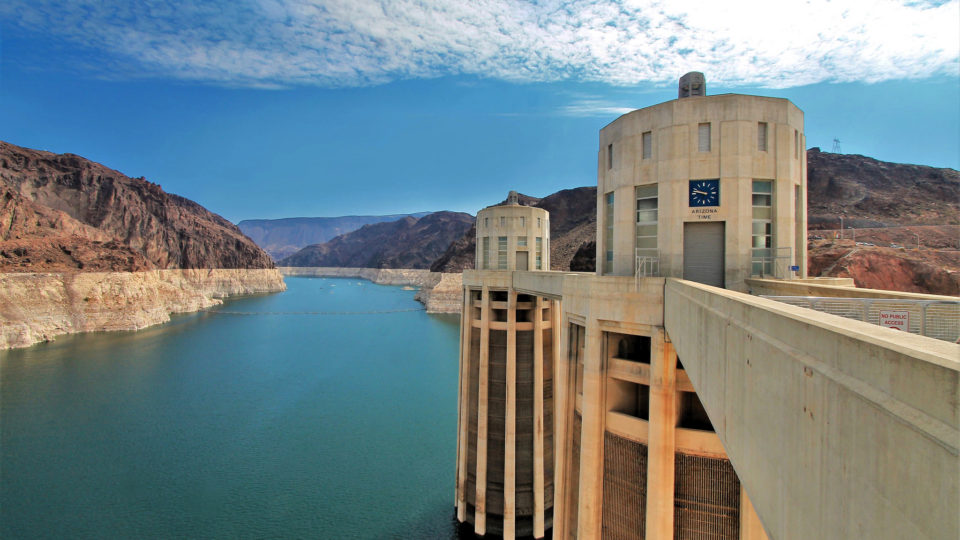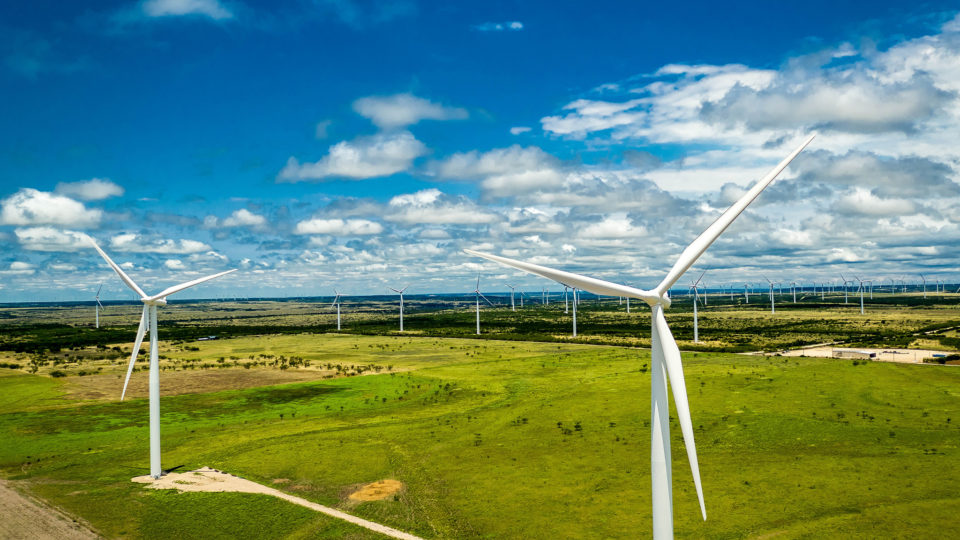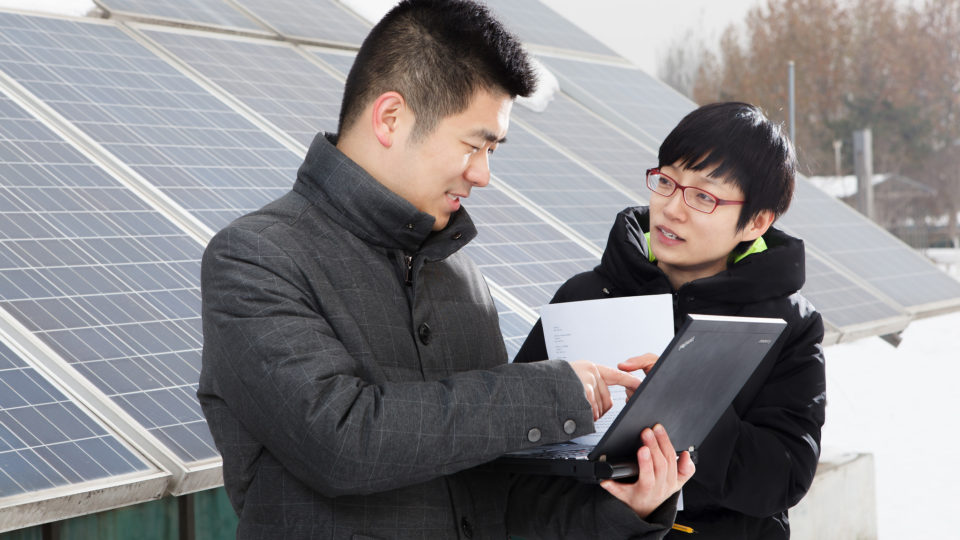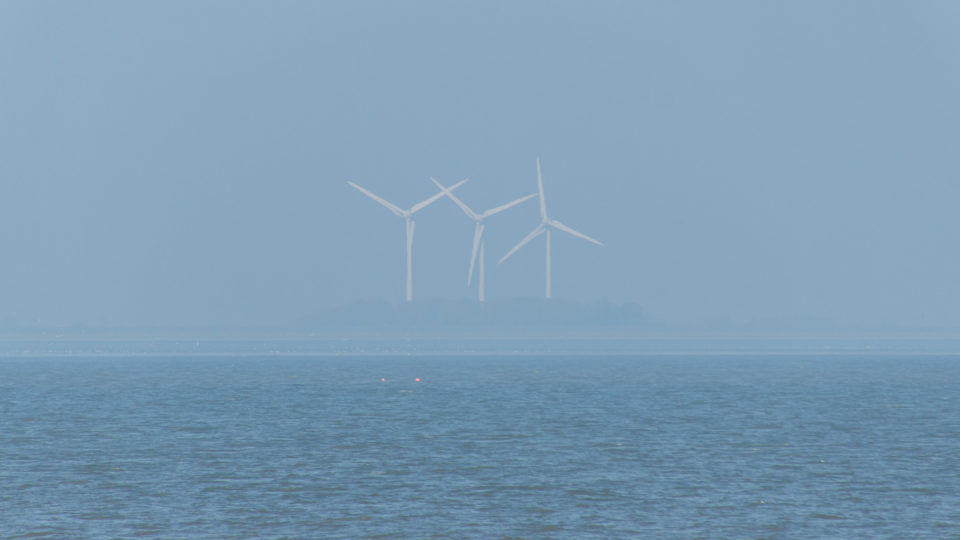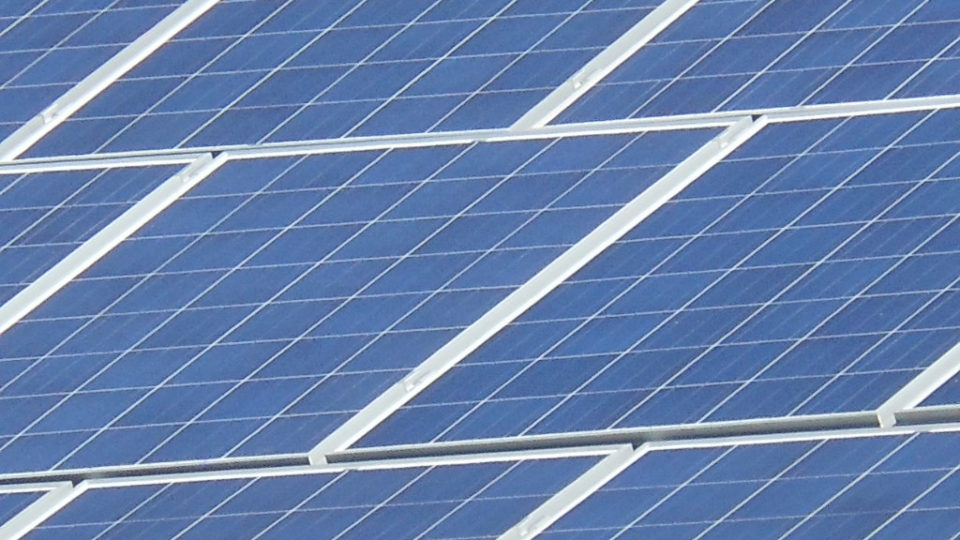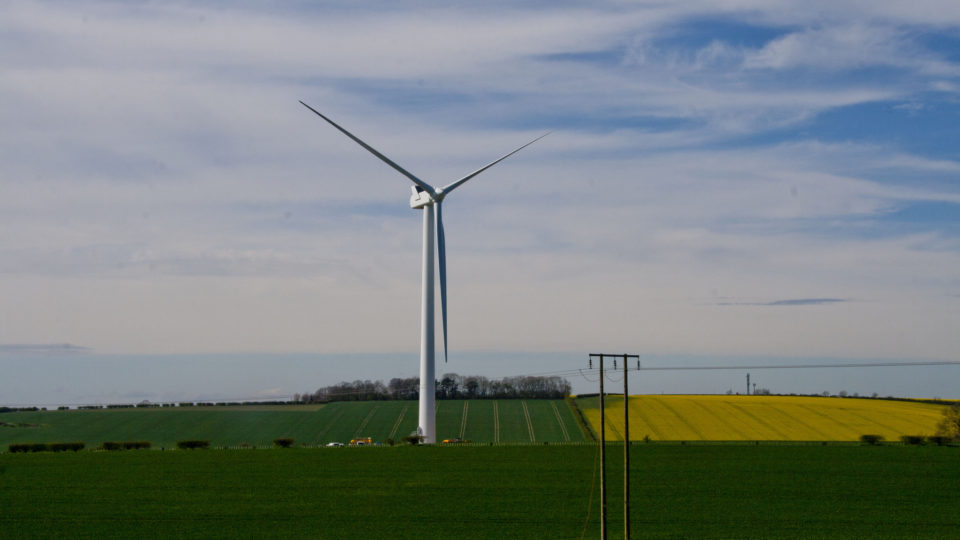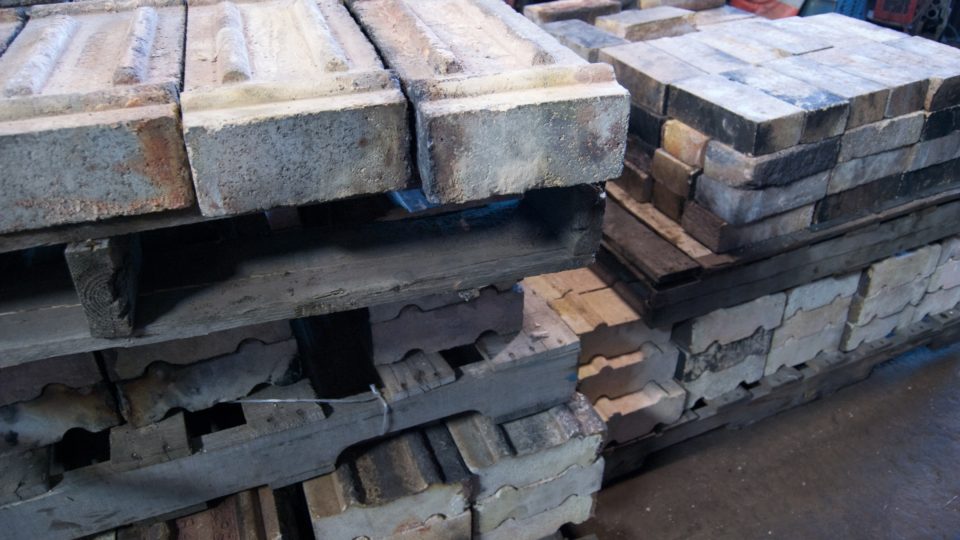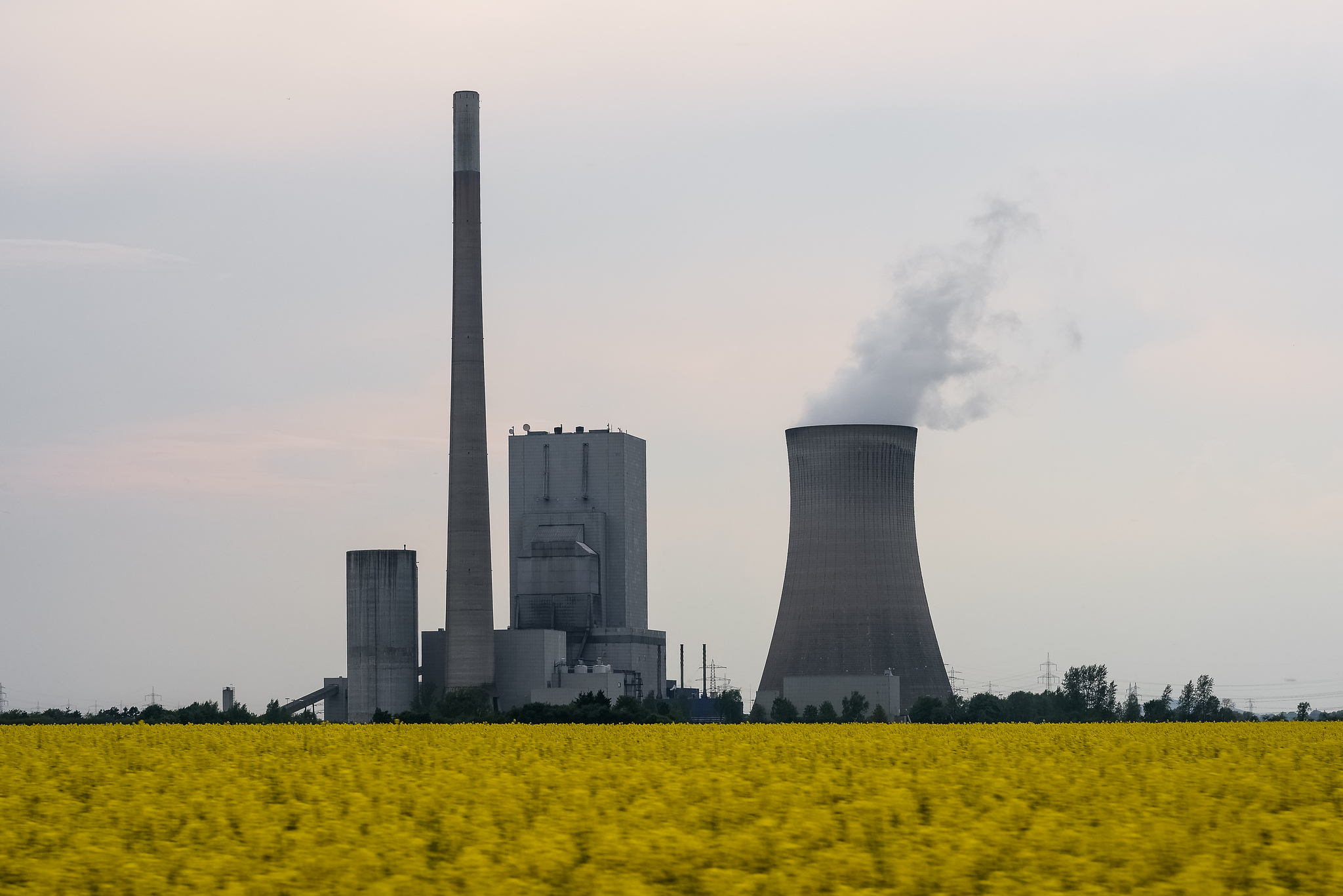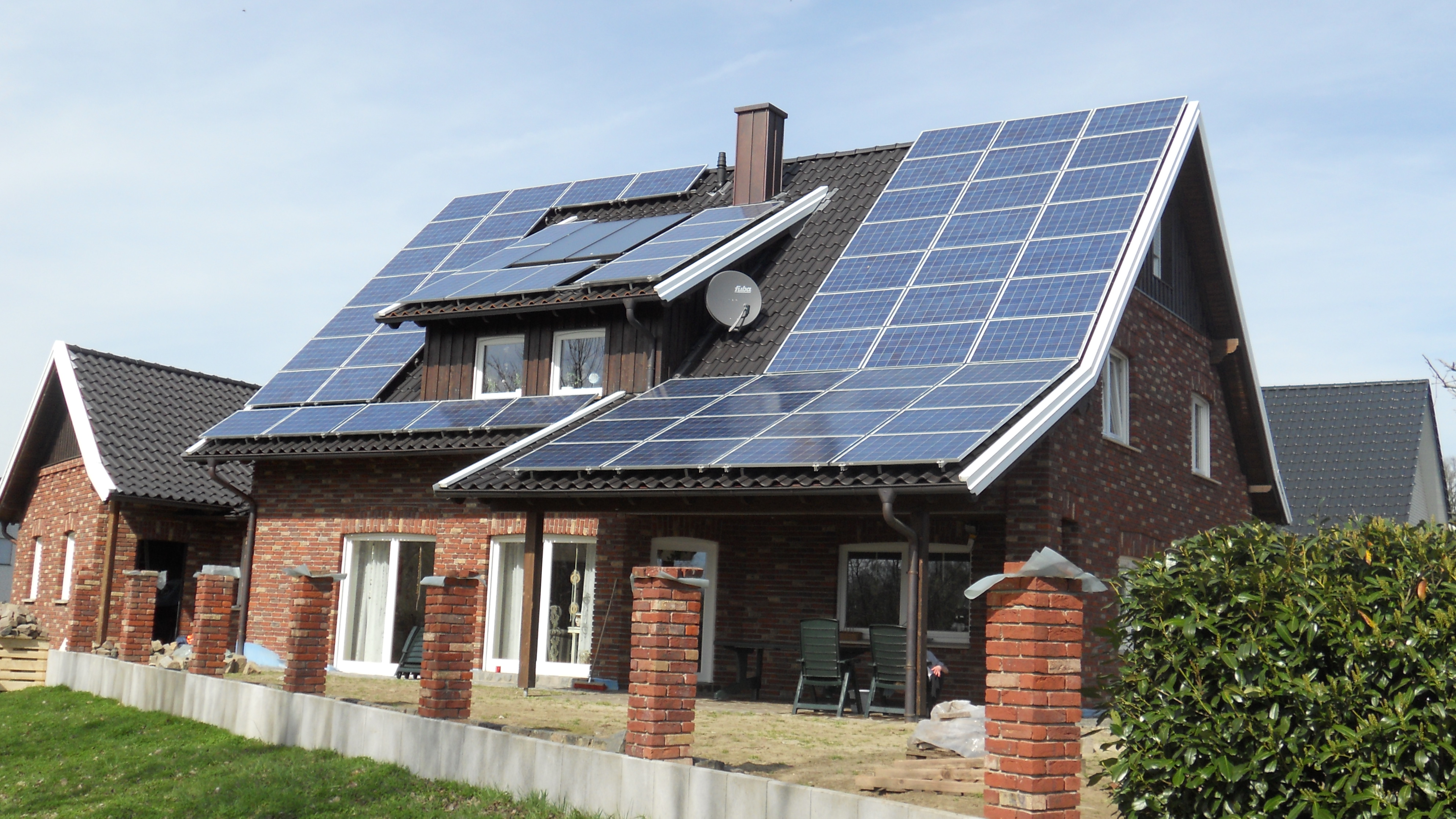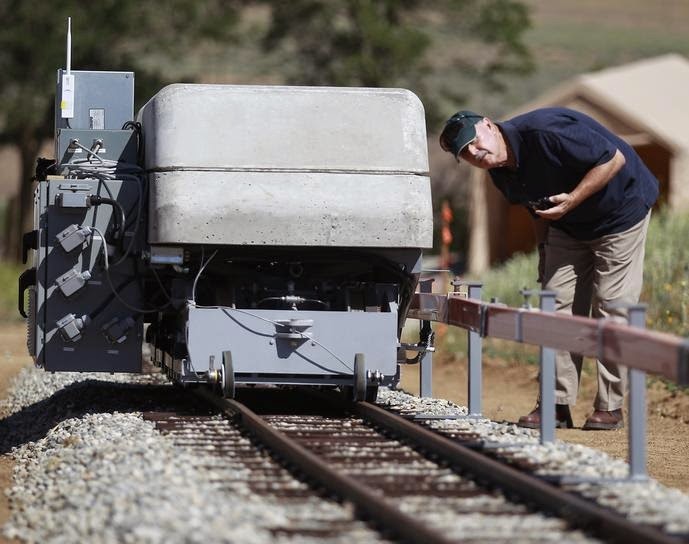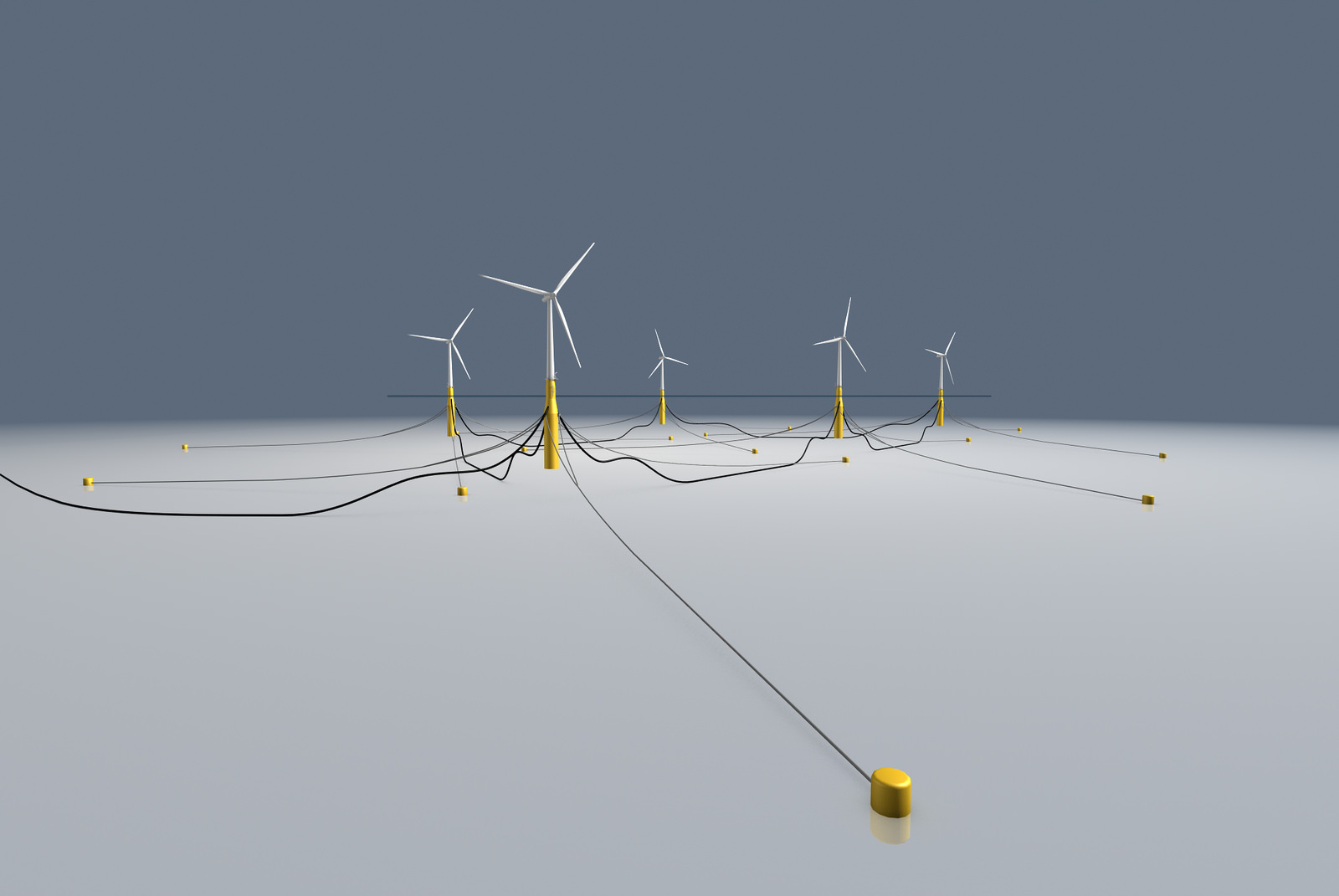energy storage
A Milestone For Energy Storage
The United States has now added the capacity to store a billion watts of power for one hour and it may double that total by the end of this year. According to the firm GTM Research, the energy storage industry – previously nearly invisible – is undergoing rapid growth. Much of the growth has been in homes with products like the Tesla Powerwall but has also been on the scale of the electric grid, where power companies can use storage to control when to deploy excess electricity generated from renewable sources such as solar power.
Sunshine To Fuel
Hydrogen is touted to be the fuel of the future, particularly for cars. But a more acccurate view of it is that hydrogen is an energy storage medium. And the most promising form of energy to store using hydrogen is solar energy.
Renewables In Texas
When we think about Texas, we think of oil and conservative politics. But Texas is also earning a reputation as a leading state for integrating renewable energy into its electric grid.
Major Investments In Solar Power
There is big money going into renewable energy and energy-smart technologies and half of that is going into solar power. In 2017, global investments in green energy reached $334 billion and $161 billion of that was in solar.
Renewable Energy Trends
There are major trends going on in the renewable energy world. Several will merit close attention this year.
The 100-Day Giant Battery
The Australian state of South Australia suffered crippling electricity outages in September 2016, which coincided with gale-force winds and flooding rains. The outages were triggered by storm damage to major transmission lines followed by wind farms disconnecting from the power grid.
Economics Of Solar And Wind Power
It is well-known that the cost of both solar and wind energy has been dropping dramatically in recent years. That trend is largely responsible for the rapid growth of both power sources. A recent study has revealed just how remarkable the economic progress has been.
An Ancient Way To Store Energy
Firebricks, which are bricks designed to withstand high heat, have been around for more than 3000 years. The Hittites used them to line iron-smelting kilns. They are simply bricks made from clays that can withstand much higher temperatures than ordinary bricks.
The Methanol Economy
The methanol economy is an idea that was promoted by the late Nobel-prize-winning chemist George Olah since the 1990s. The idea is to replace fossil fuels with methanol for energy storage, ground transportation fuel, and raw material for hydrocarbon-based products. Methanol is the simplest alcohol and can be produced from a wide variety of sources ranging from fossil fuels to agricultural products to just carbon dioxide. Methanol can be used directly as a fuel or it can be reformed into hydrogen, which can then itself be used as a fuel.
Storing Energy With Captured CO2
Capturing carbon dioxide instead of releasing it into the atmosphere is a way we can use fossil fuels without it having harmful effects on the climate. Energy storage is a way to address the volatility of clean energy sources like wind and solar power. Excess energy stored during peak production can be used when production ceases, such as when the sun is not shining or the wind is not blowing.
The Largest Battery Storage Substation
At the end of last year, Southern California Edison turned on the largest lithium-ion battery storage facility in the world in Ontario, California. It is a substation with 80 megawatt-hours of capacity, enough energy to power 2,500 households or charge 1,000 Tesla cars a day.
Storing Energy In An Old Mine
An abandoned, centuries-old iron mine in the Adirondacks about 100 miles north of Albany, New York may become the site of a new hydroelectric energy storage system. The mine in the tiny hamlet of Mineville near Moriah, New York contributed iron for the first naval battle of the Revolutionary War that took place on Lake Champlain. The mine hasn’t been used in over 45 years.
Accidental Ethanol From Carbon Dioxide
Scientists at the Oak Ridge National Laboratory in Tennessee were trying to find a series of chemical reactions that could turn carbon dioxide into a useful fuel. But the unexpected occurred: they found that the first step in their process actually got the job done all by itself. The reaction turns CO2 into ethanol, which is already used to power generators and vehicles.
The Carbon XPrize
The Carbon XPrize is a five-year, $20 million competition to identify ways to convert carbon emissions into successful, profitable and useful products. Forty-seven organizations from seven countries are competing for the prizes and include large companies, startups and university researchers.
Solar Power 24/7
The biggest challenge facing both solar and wind power sources is that they don’t produce power around the clock; they only work when the sun is shining or the wind is blowing. As a result, they don’t quite measure up to the requirement for power on demand.
